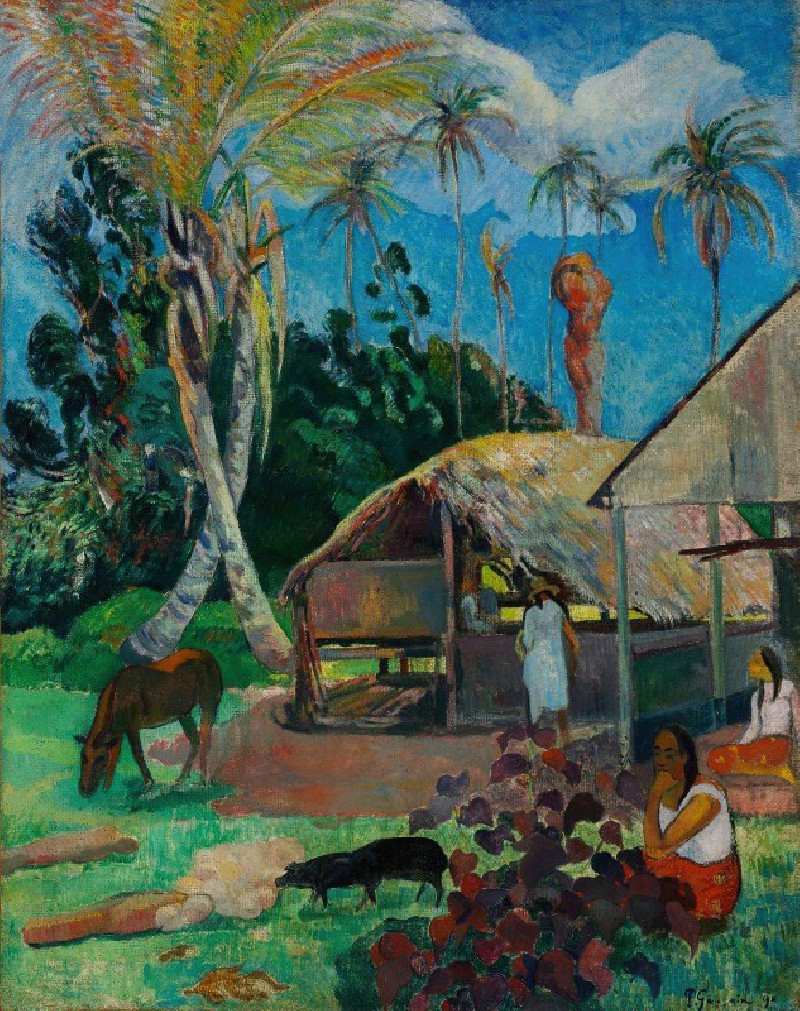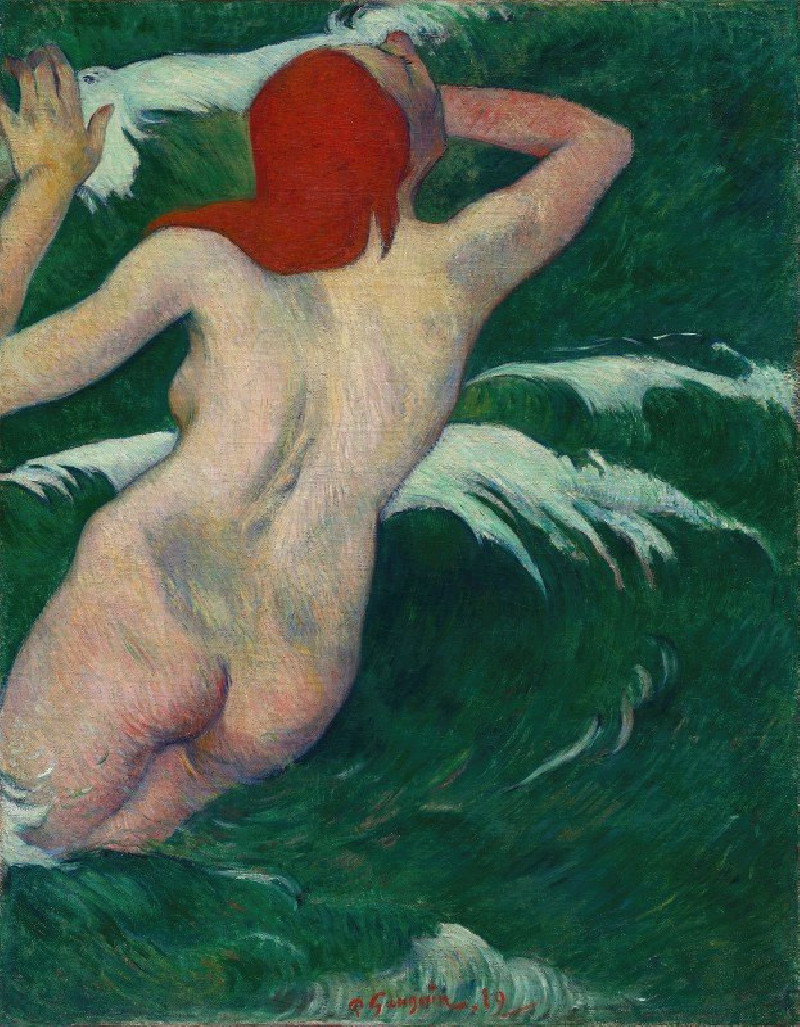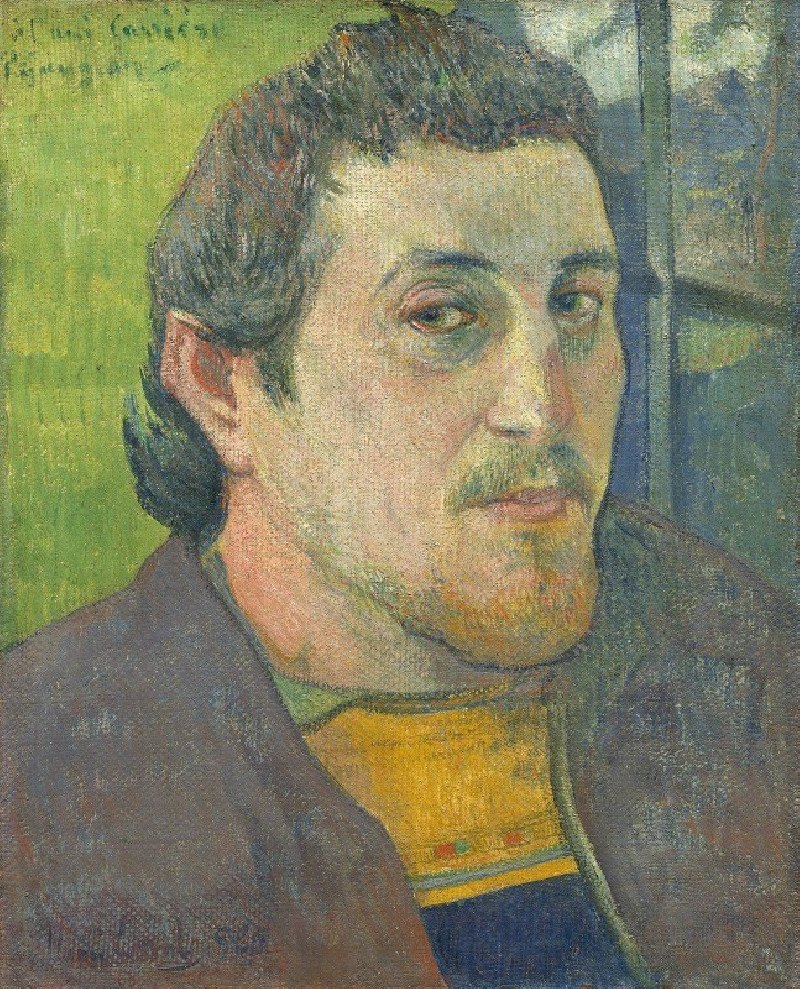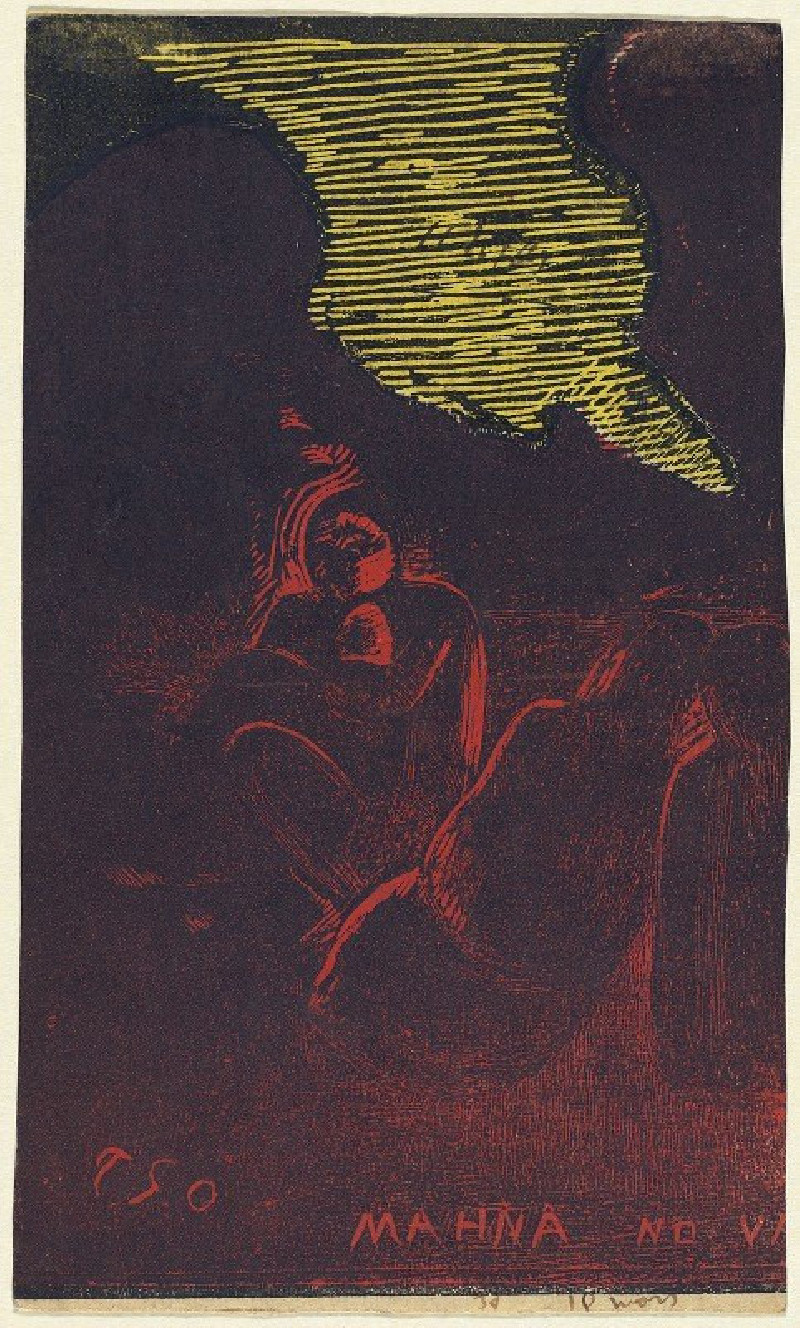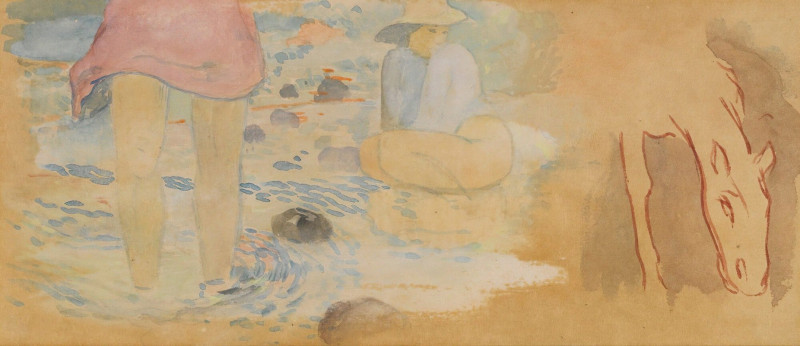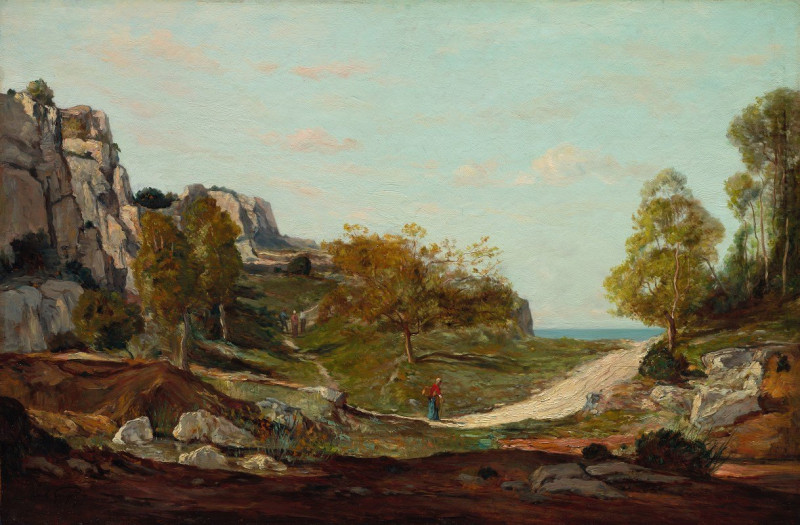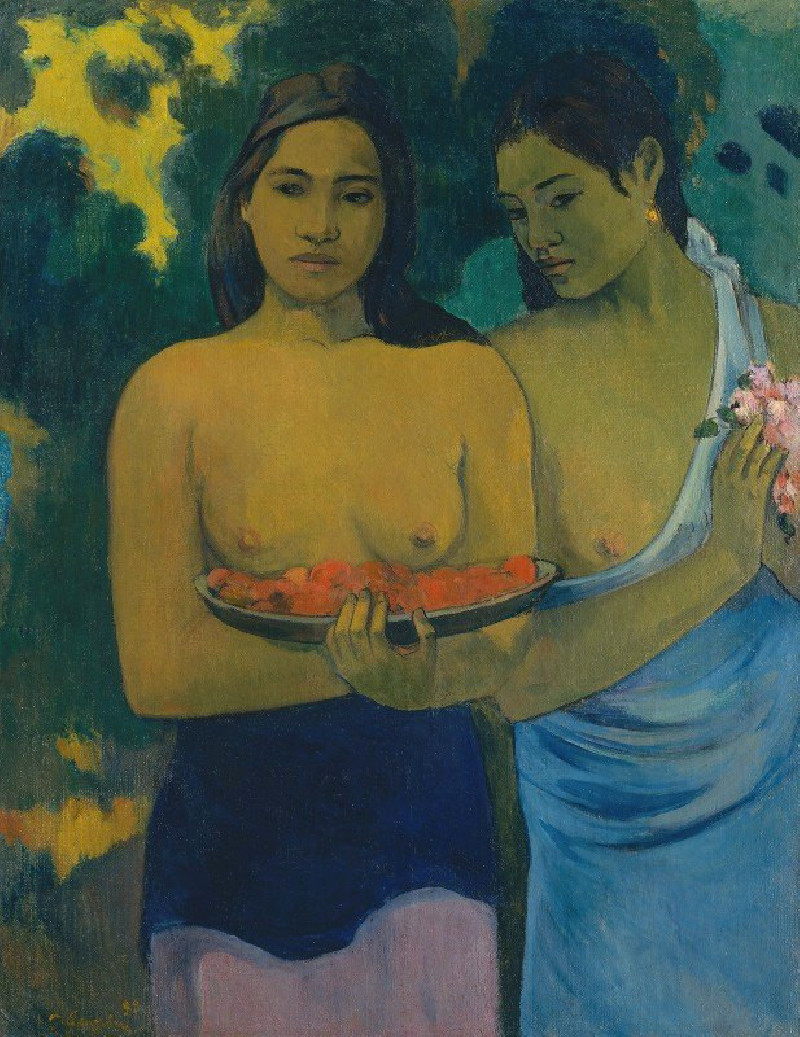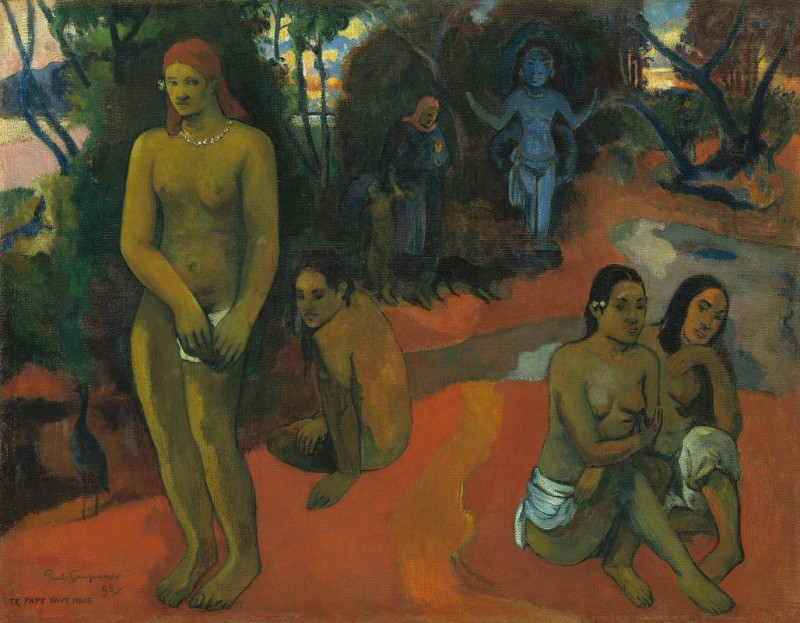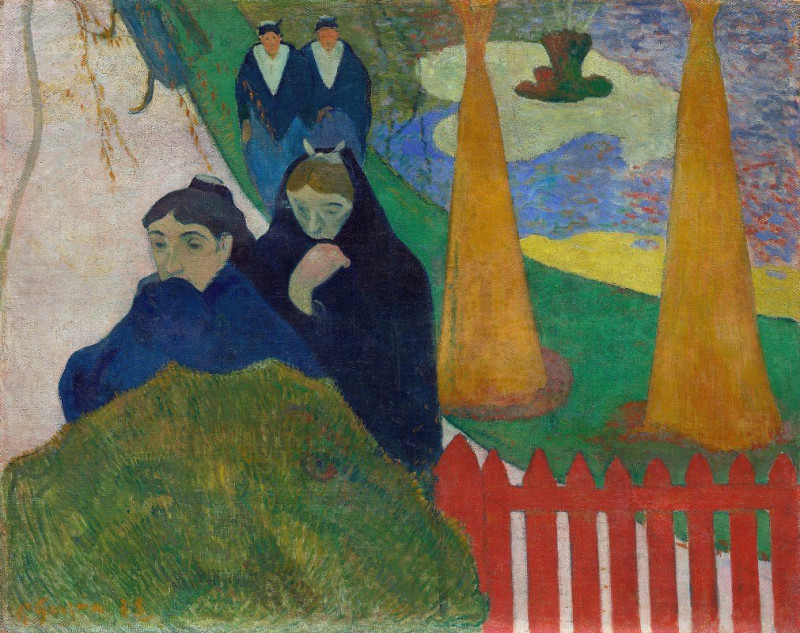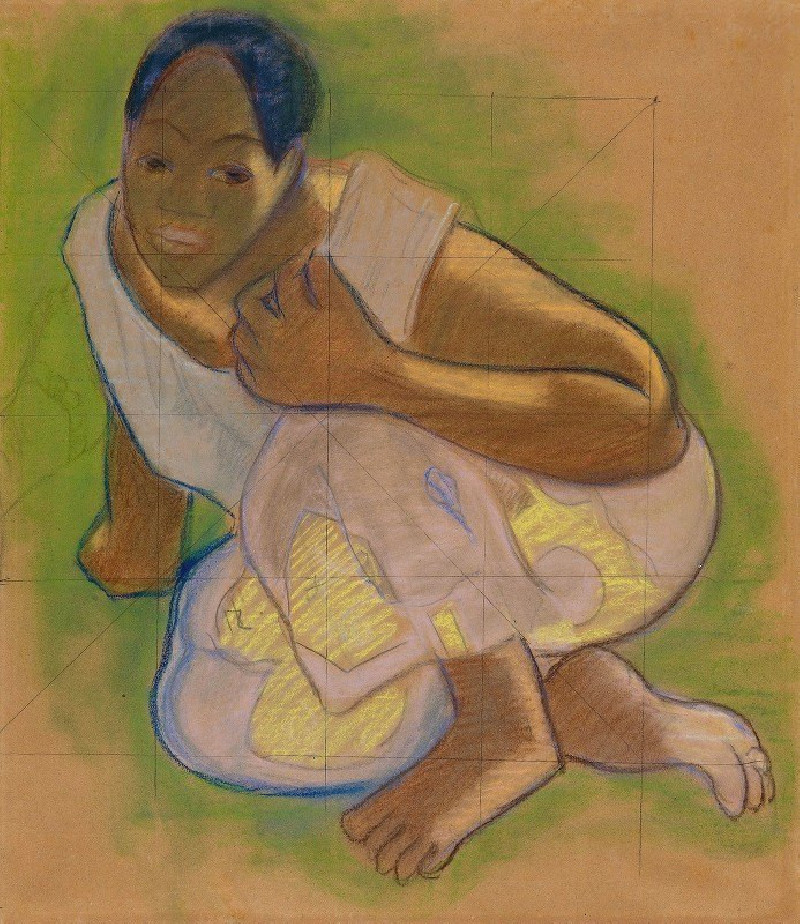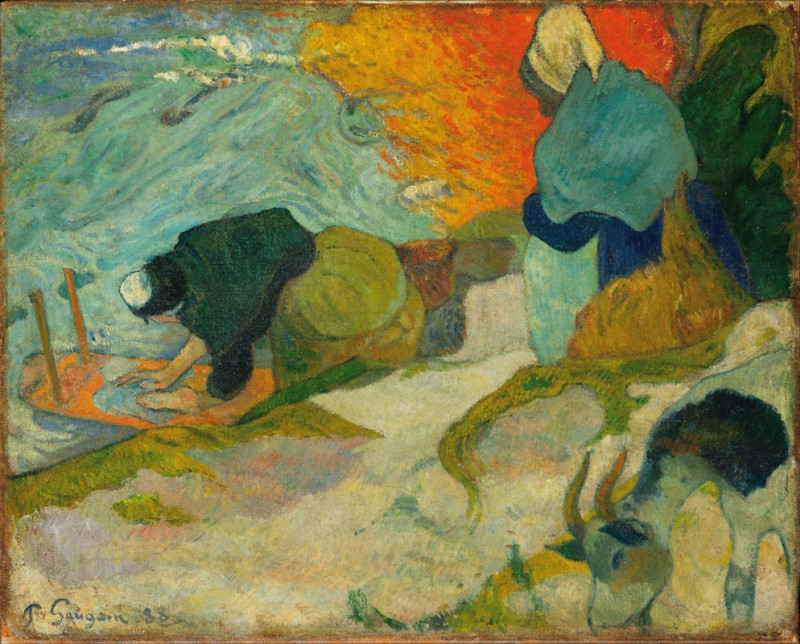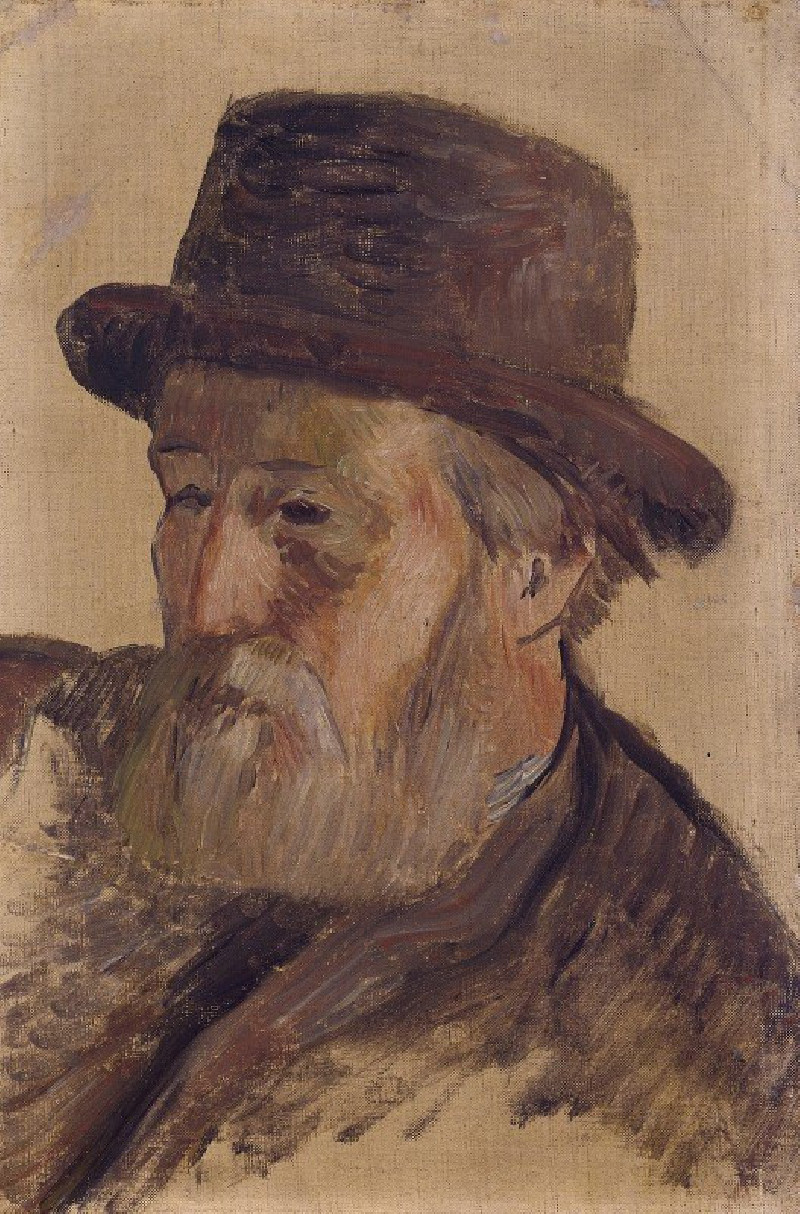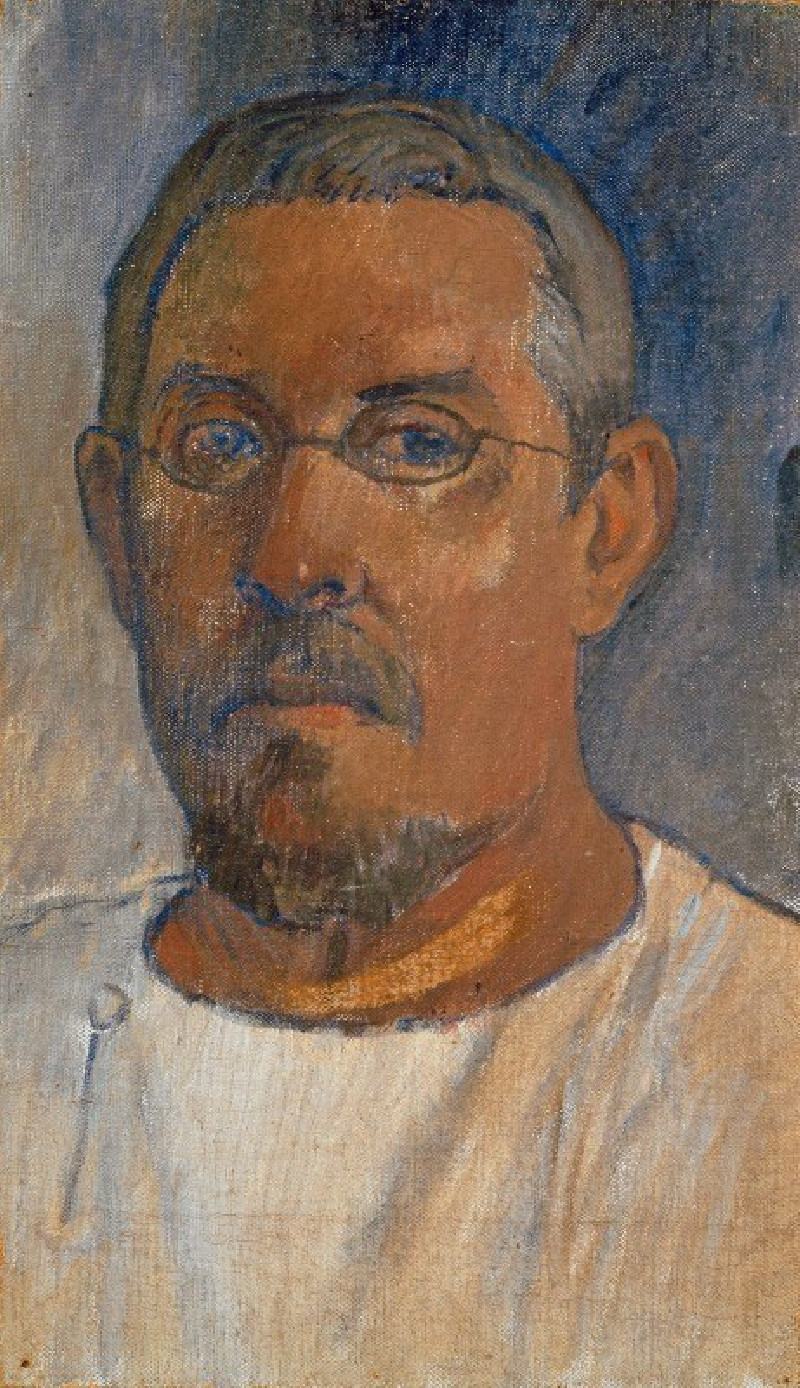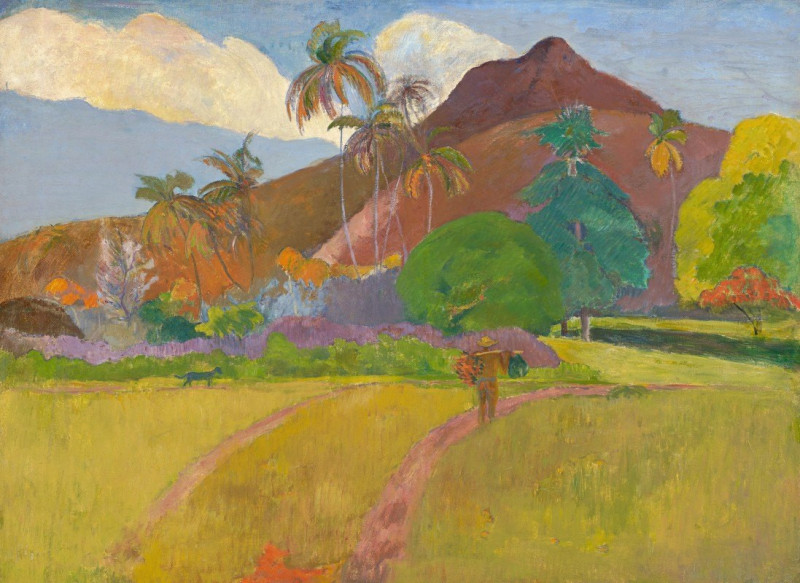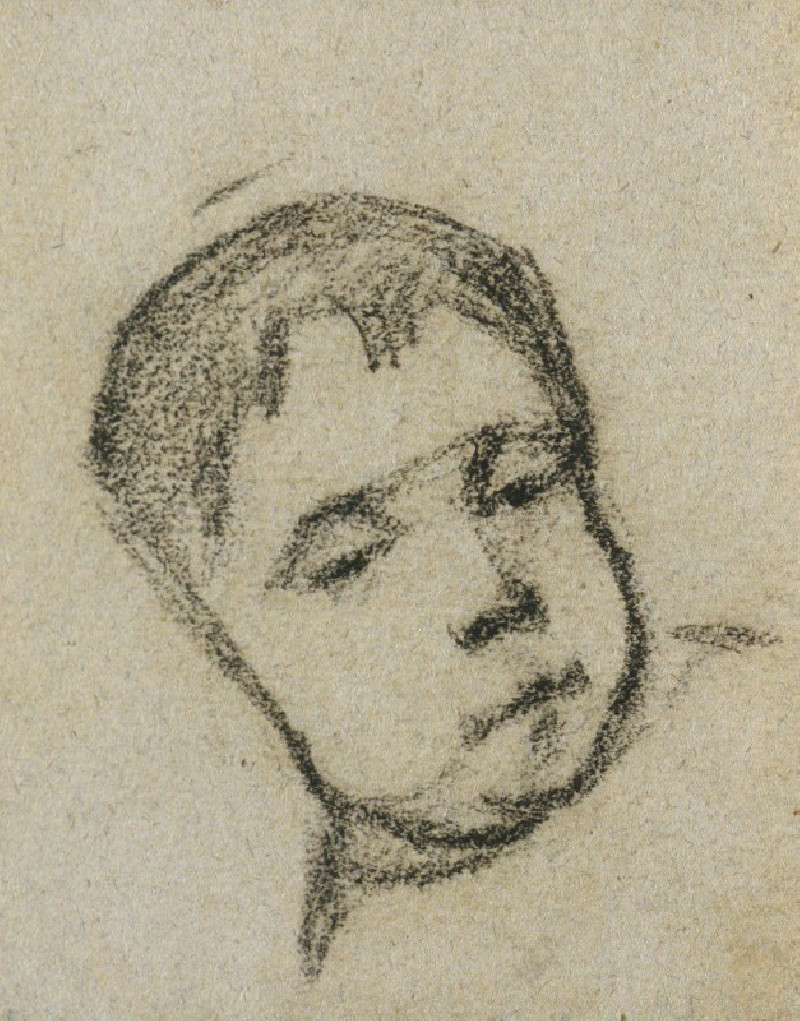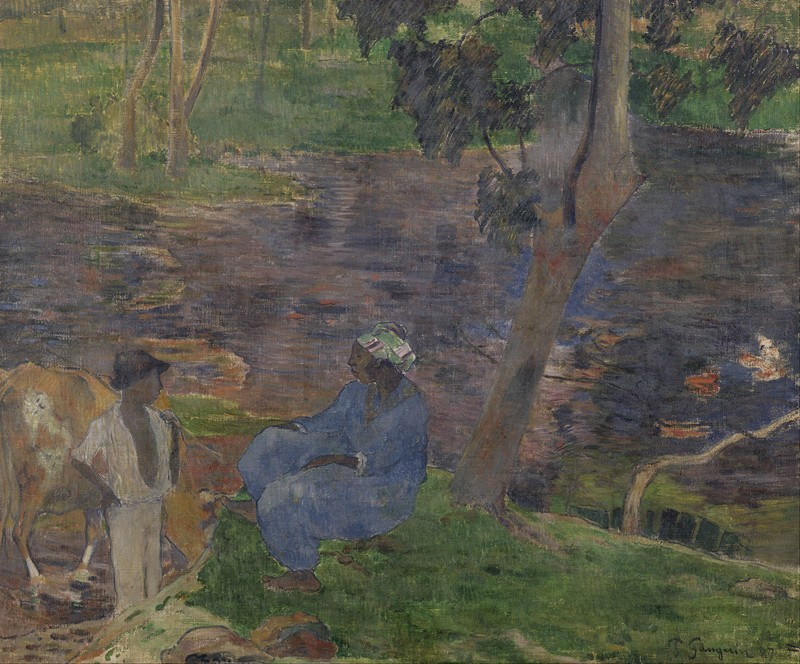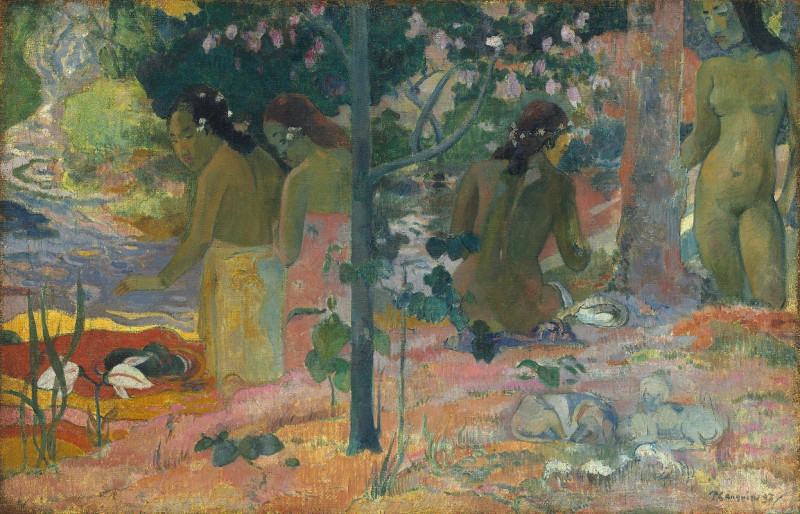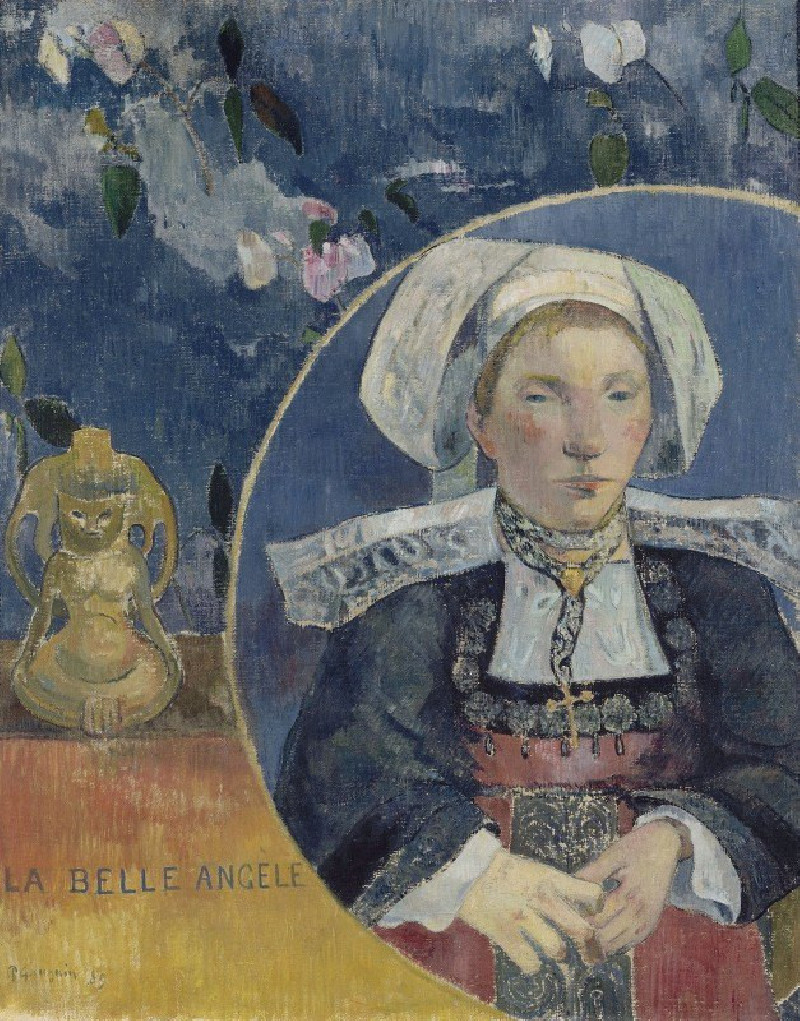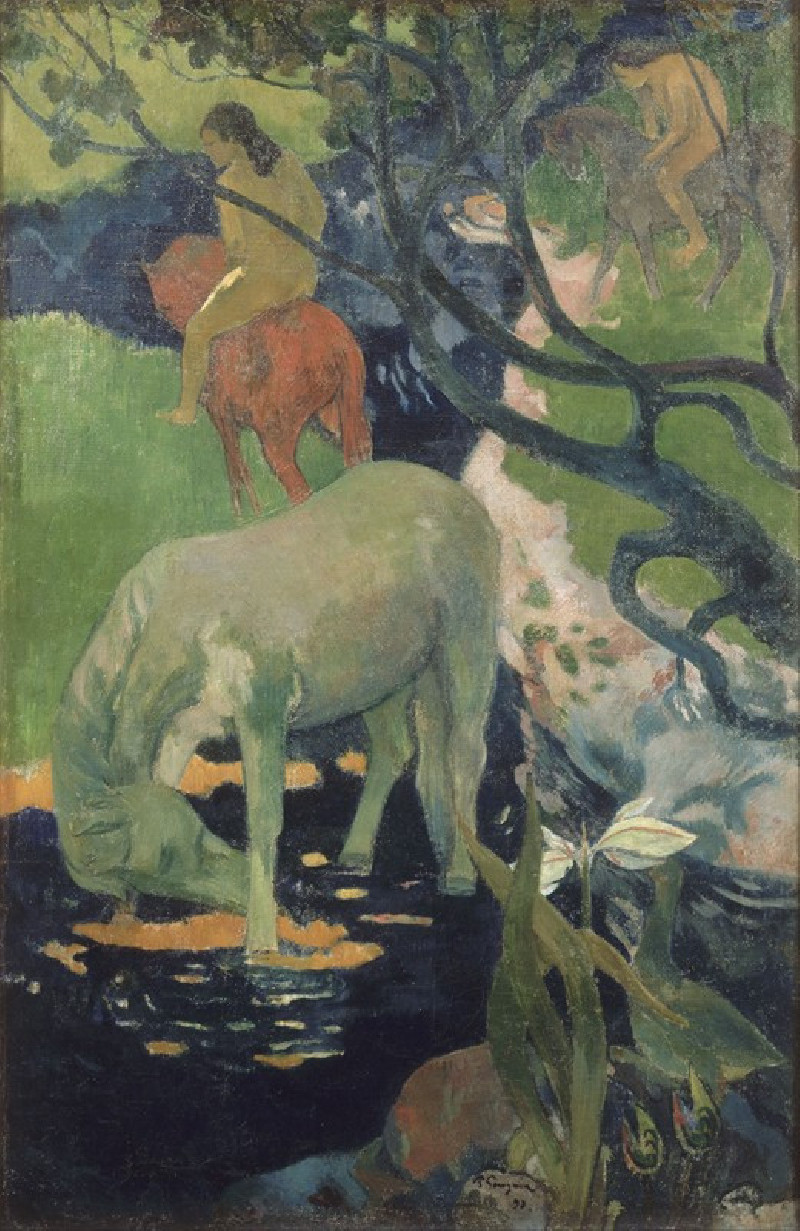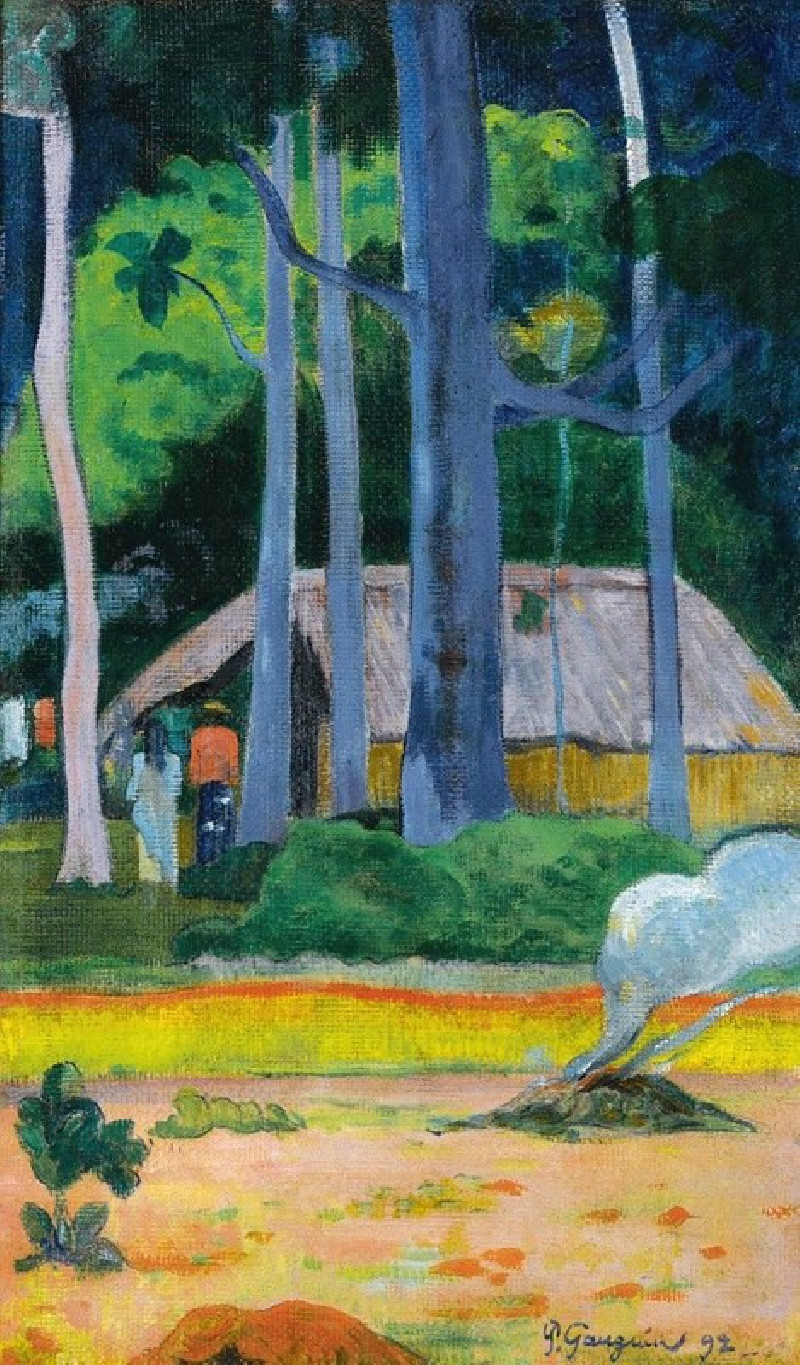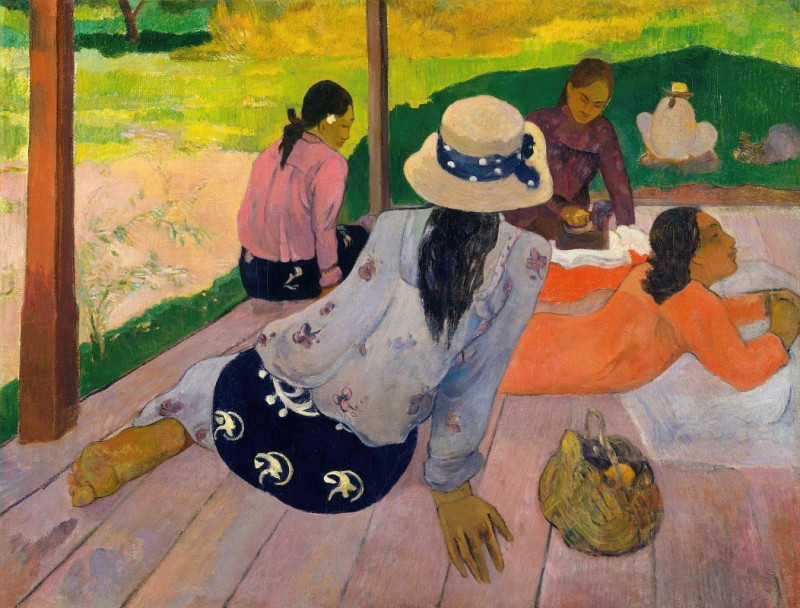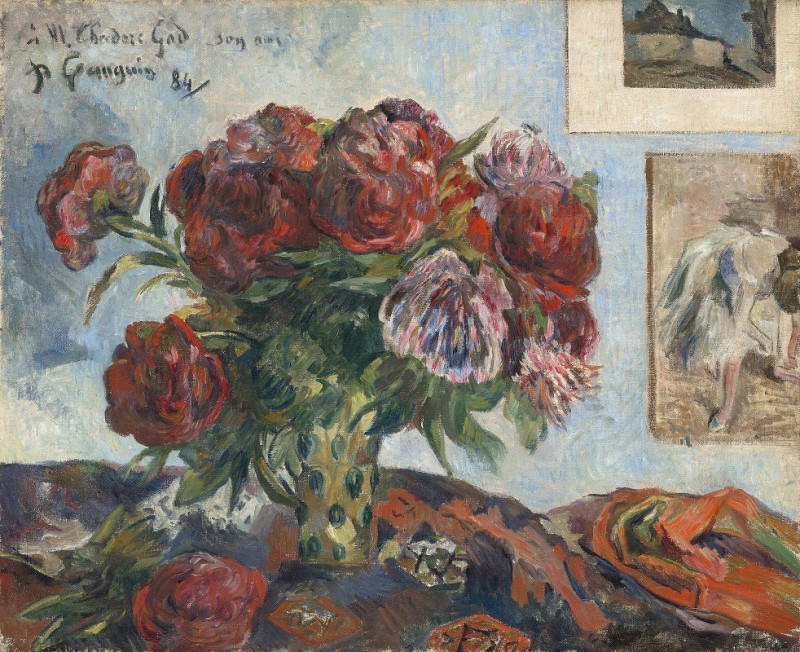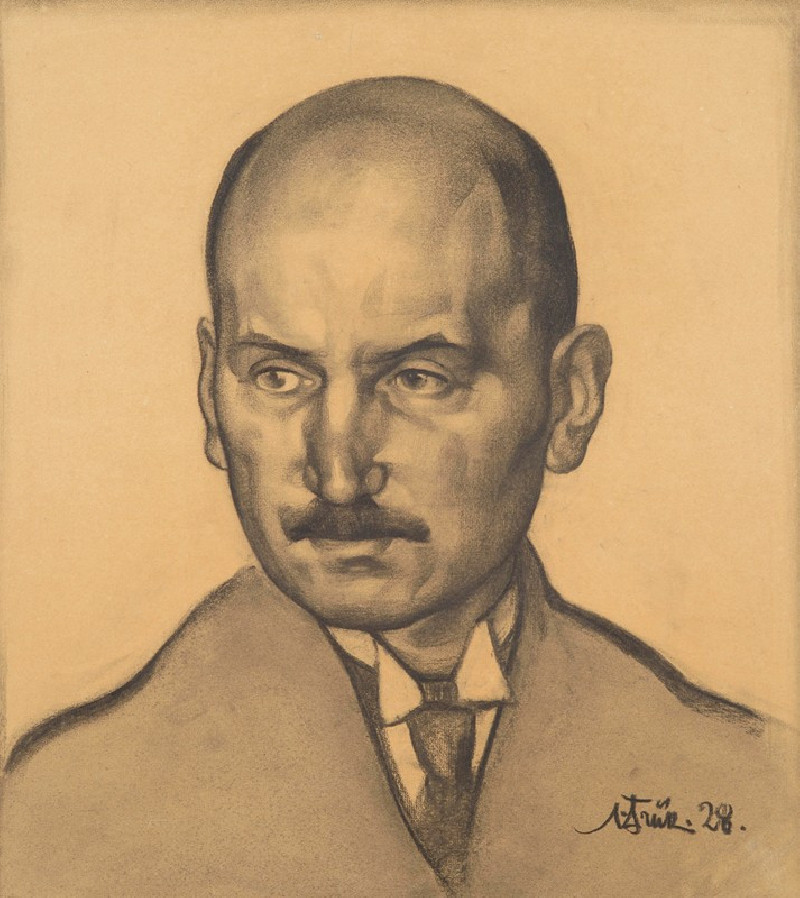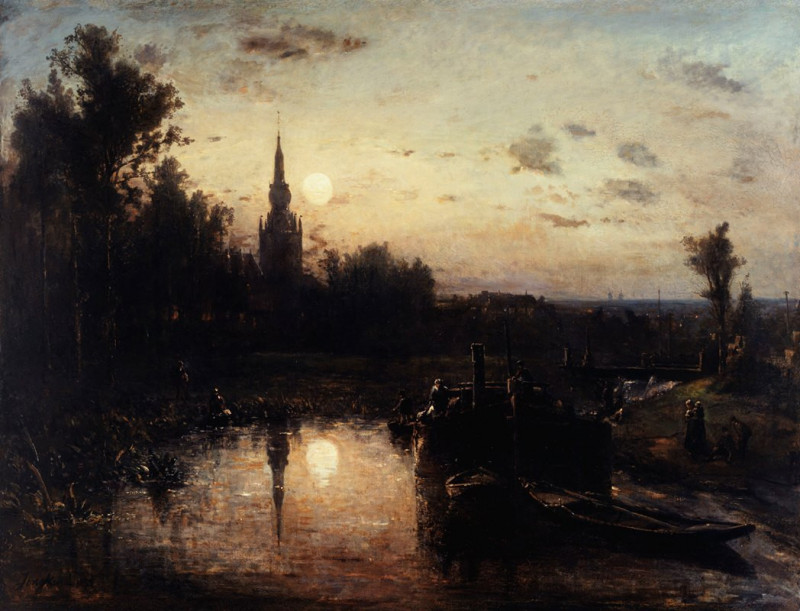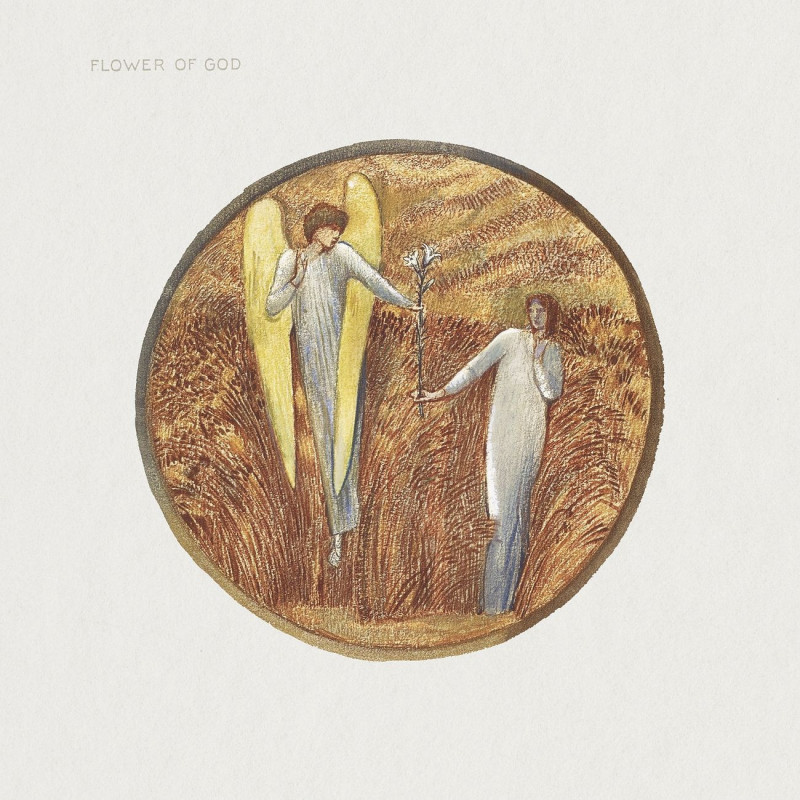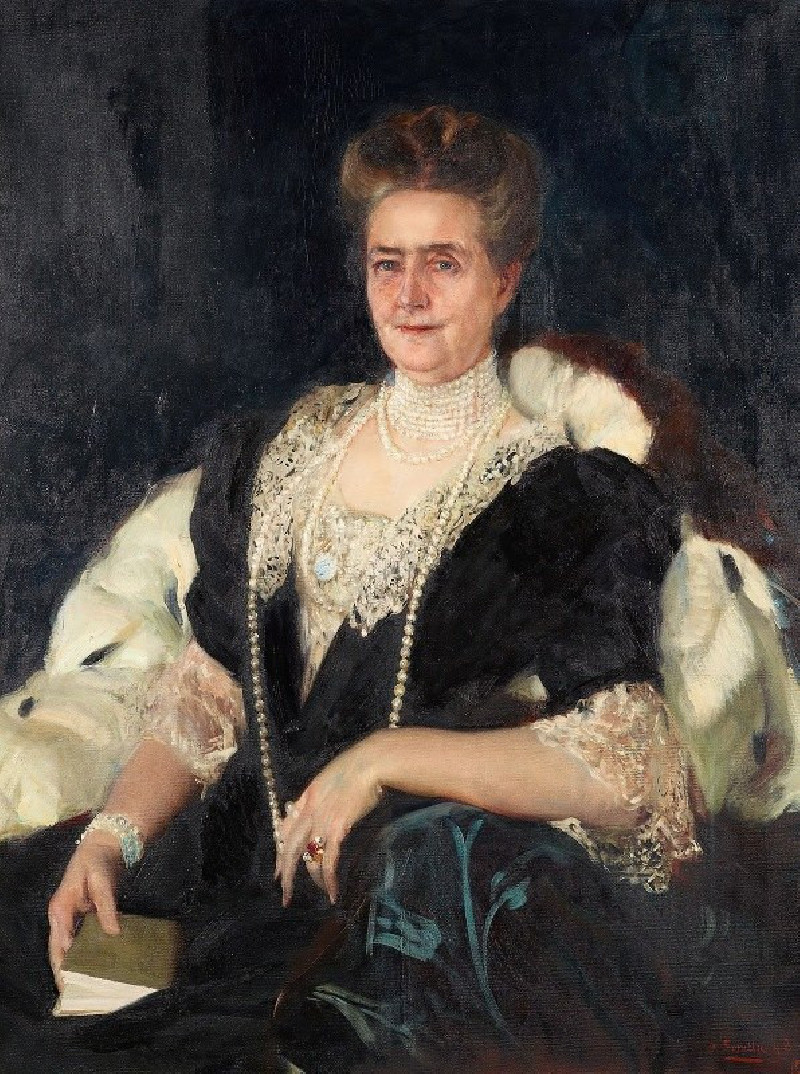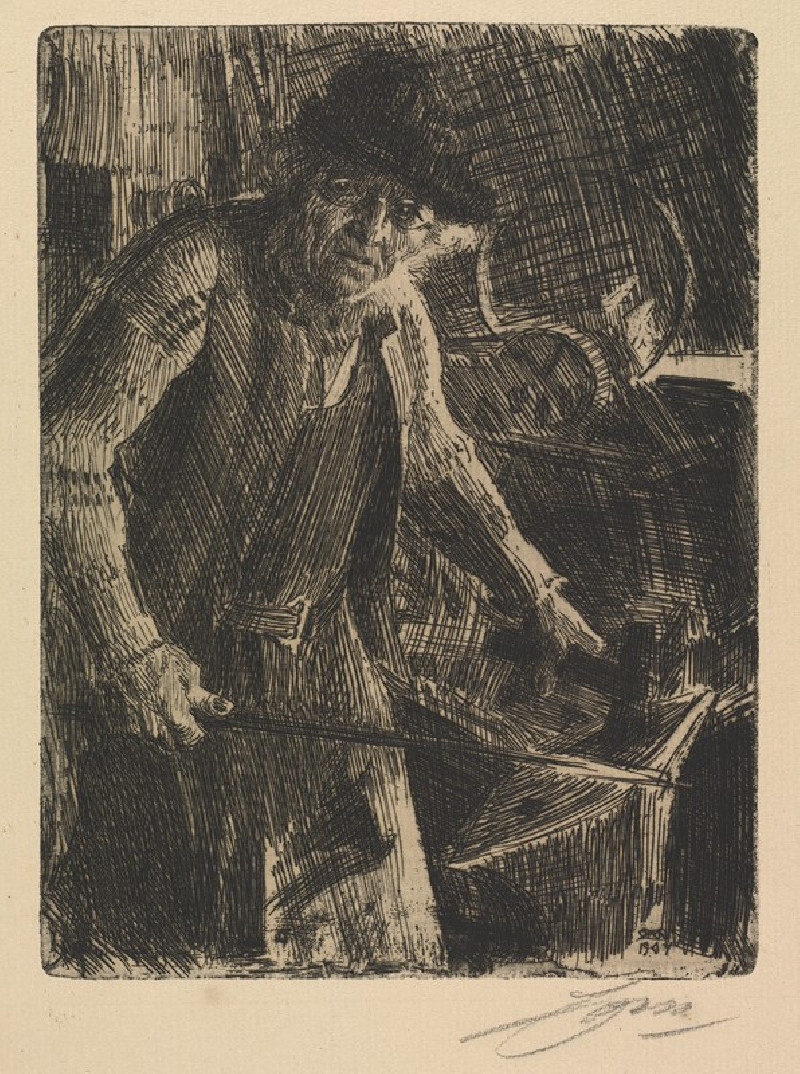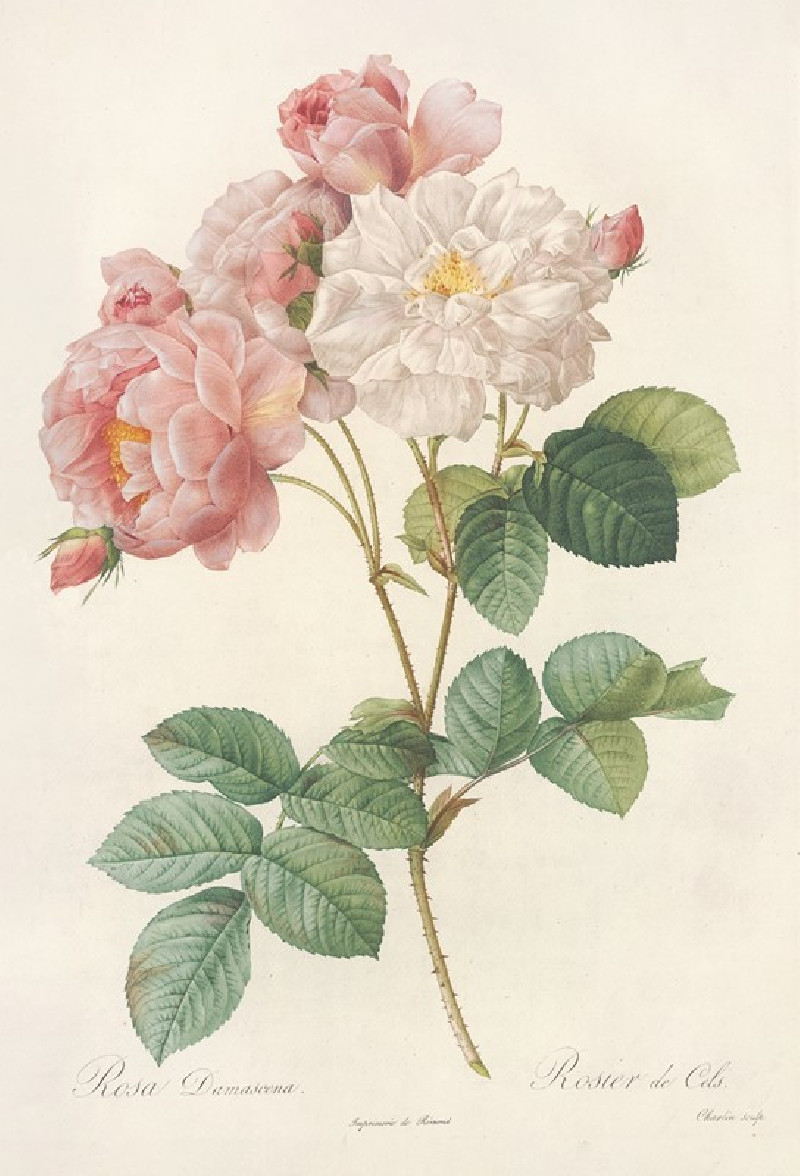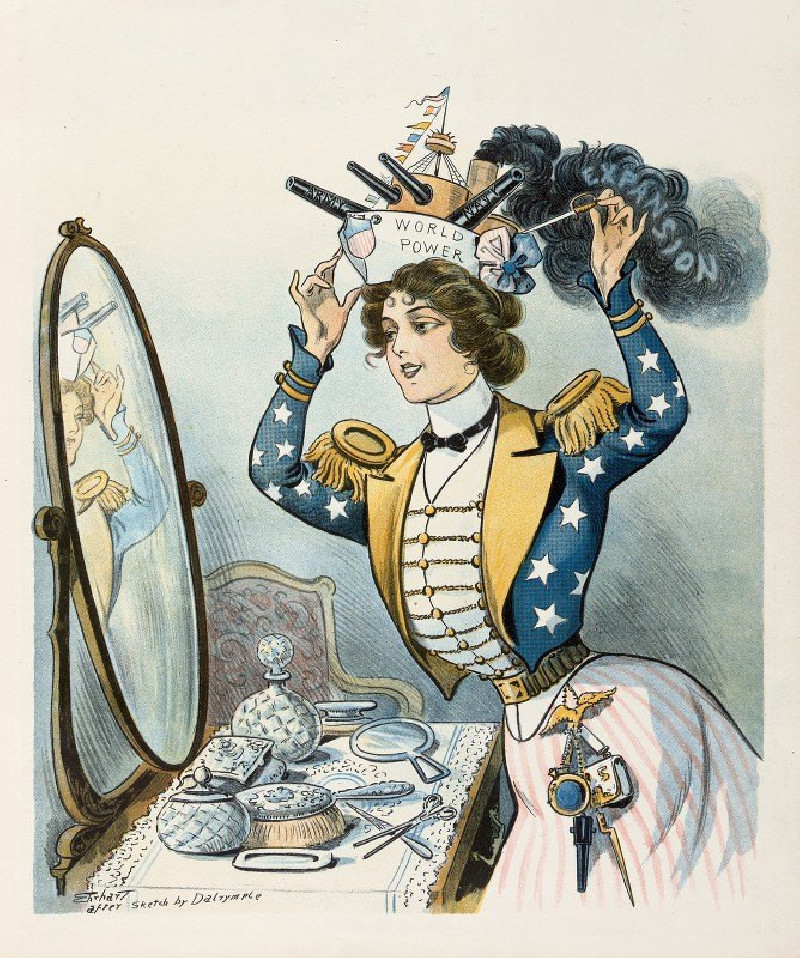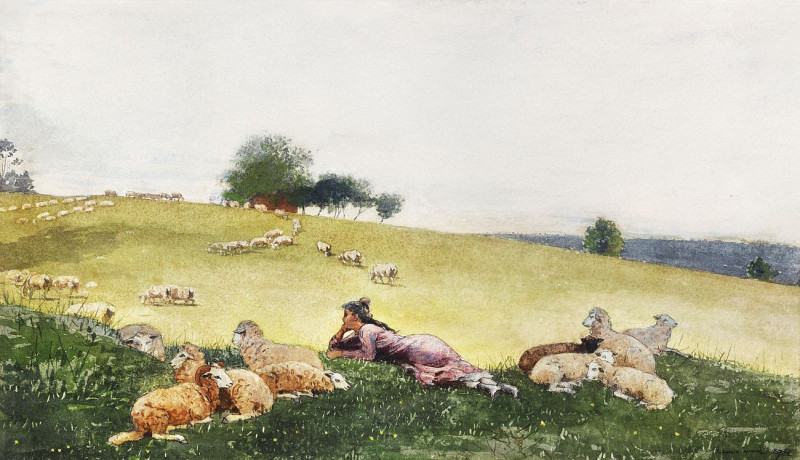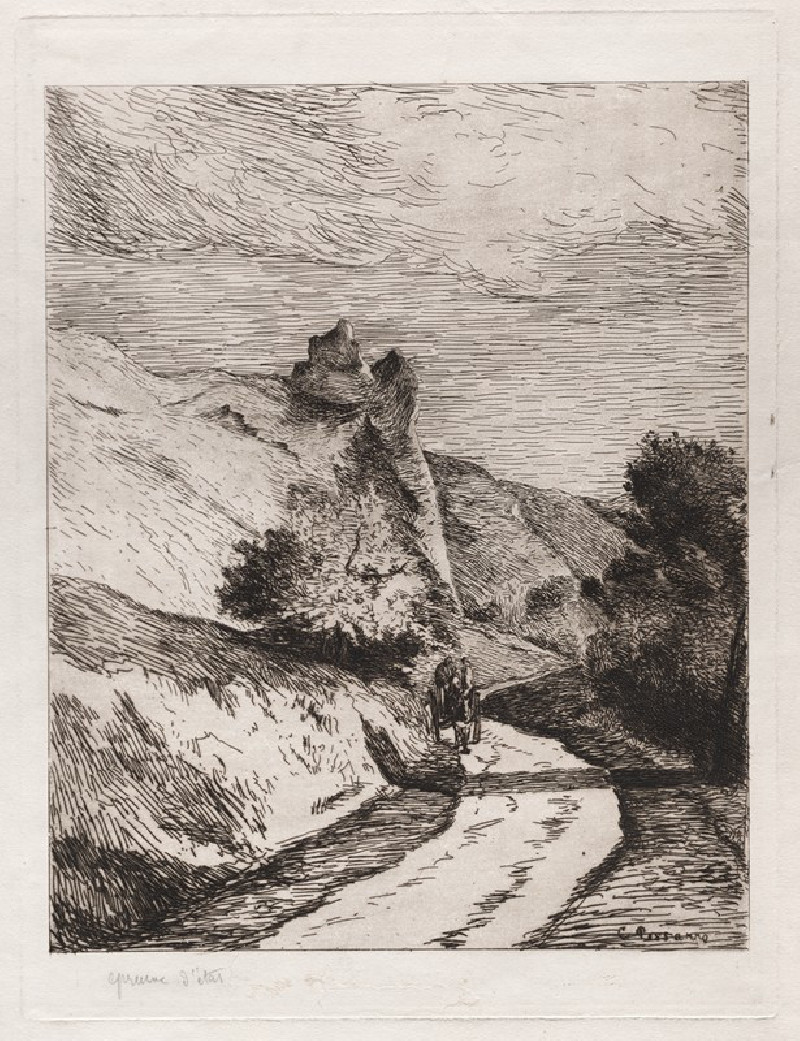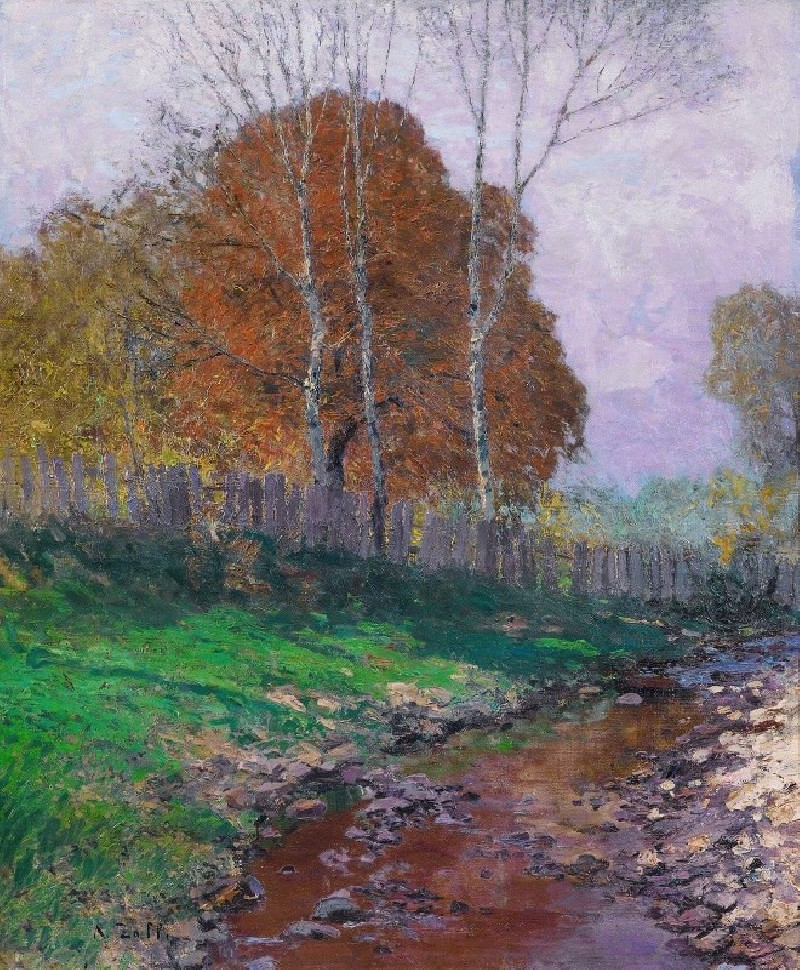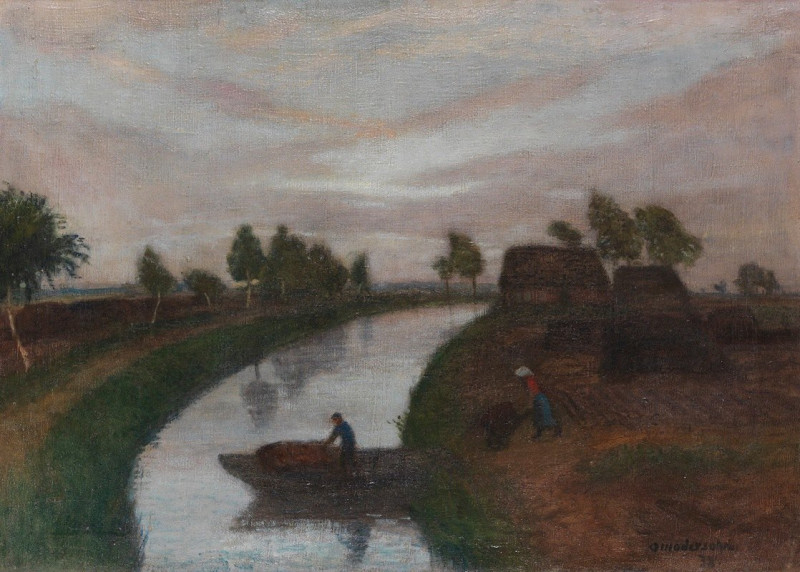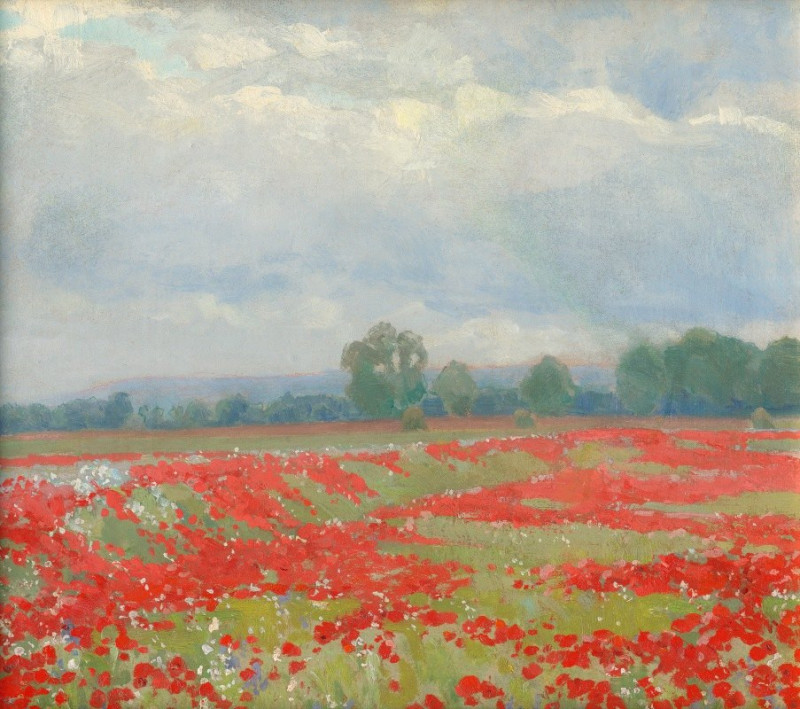The Field of Derout-Lollichon (1886)
Technique: Giclée quality print
Recommended by our customers
More about this artwork
Paul Gauguin's painting, "The Field of Derout-Lollichon" (1886), stands as a captivating testament to the artist’s early exploration into the Post-Impressionist style that he would later be known for. This enchanting landscape depicts a pastoral scene set in Pont-Aven, a village in Brittany, France, which was a significant site of inspiration for Gauguin.In the foreground, we see the rustic simplicity of a thatched cottage, its walls bathed in a gentle orange hue that suggests the warmth of sunlight. The cottage’s quaint charm is accentuated by its traditional architecture and the serene environment it occupies. Adjacent to the cottage, a lush tree bursts with greenery, partially shrouding the house and adding a sense of depth and mystery to the scene.Beyond the cottage and tree, the painting opens up to reveal a sweeping view of rolling fields and distant houses, which recede into the gentle blue of the skyline. This layering of landscapes not only offers a glimpse into the tranquil rural life but also showcases Gauguin’s skill in creating a dynamic composition through vivid colors and distinct brush strokes.Notably, the painting is imbued with a peaceful atmosphere, with subtle details like a garden pathway and a small figure in the distance that invite the viewer to ponder the daily lives of the inhabitants. The palette is characterized by earthy tones mixed with greens and blues, which harmonize to evoke a sense of timeless tranquility.
Delivery
Returns
Eugène Henri Paul Gauguin was a French Post-Impressionist artist. Unappreciated until after his death, Gauguin is now recognized for his experimental use of color and Synthetist style that were distinct from Impressionism. Toward the end of his life, he spent ten years in French Polynesia. The paintings from this time depict people or landscapes from that region.


